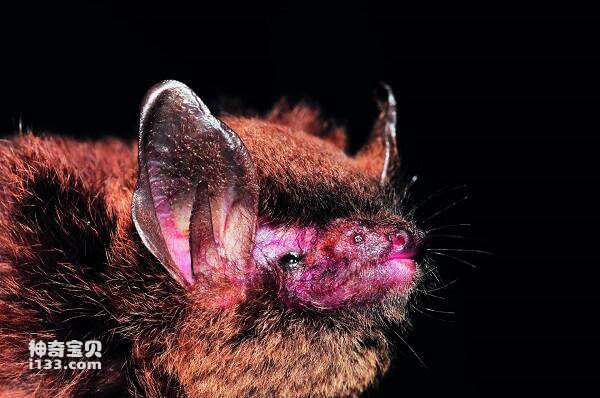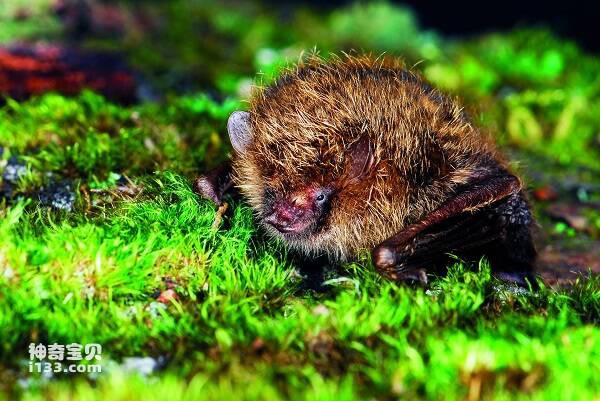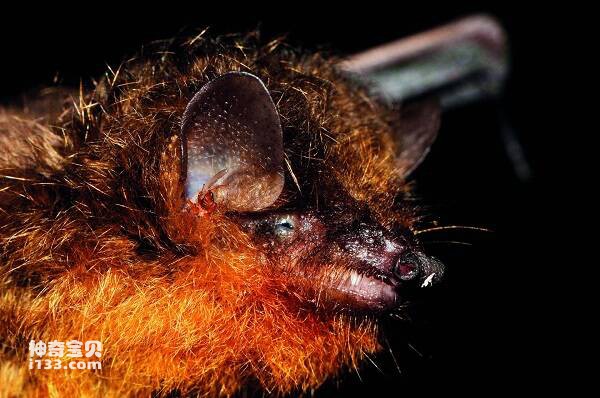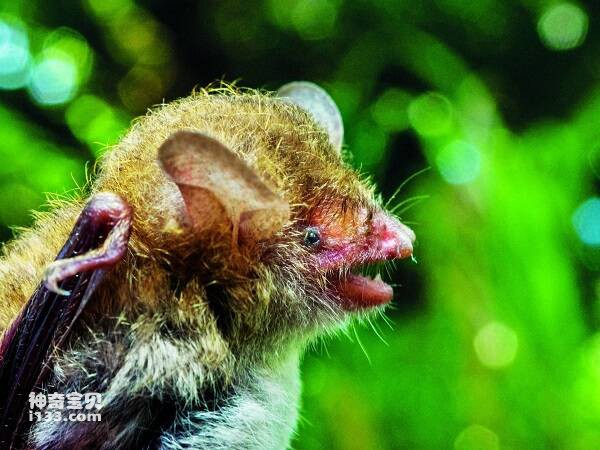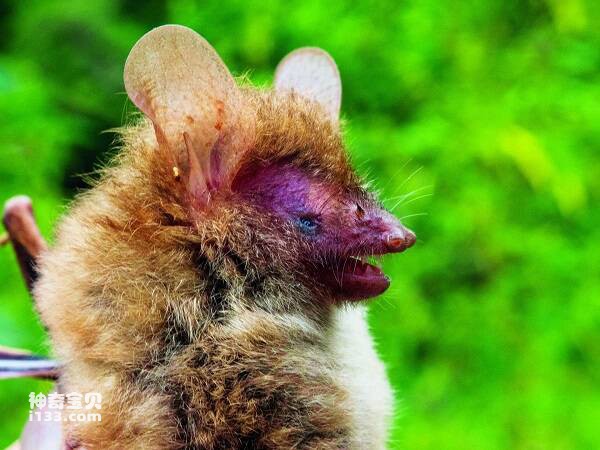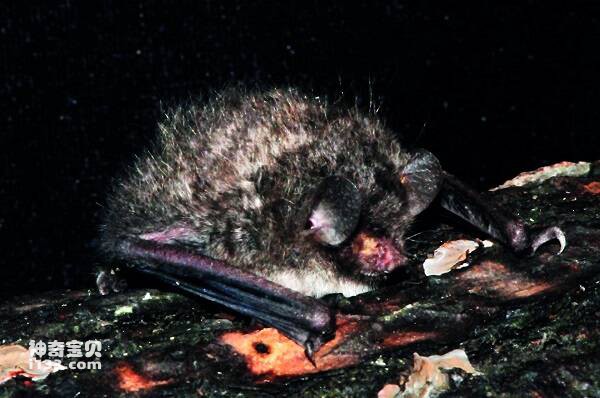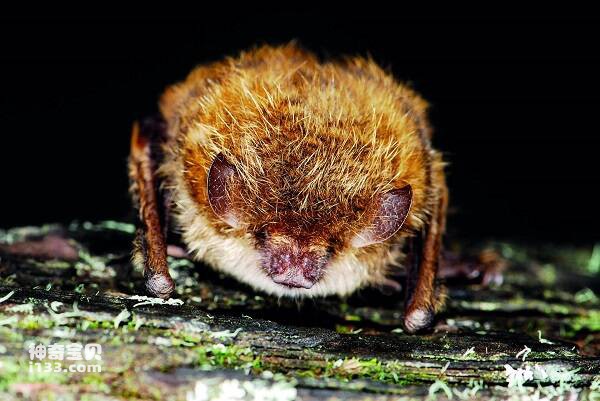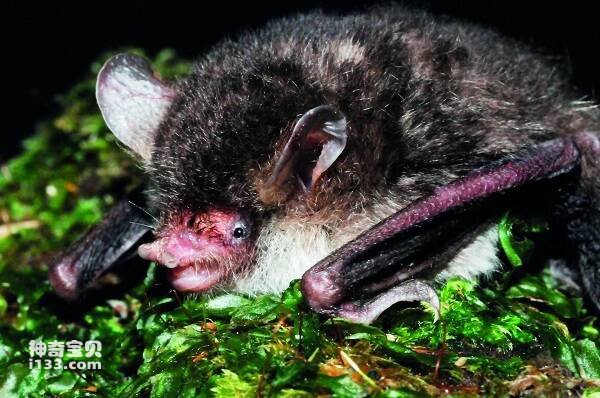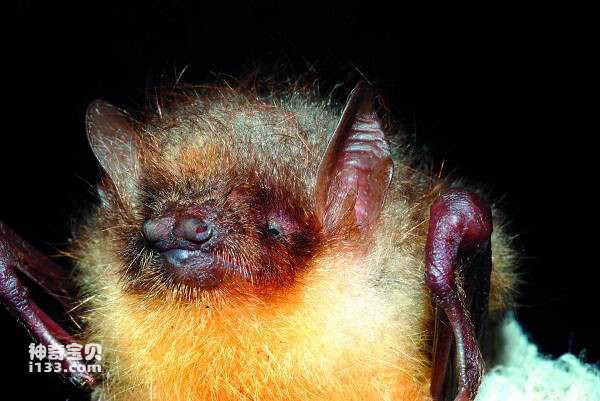Myotis frater
IUCN
LCBasic Information
Scientific classification
- name:Myotis frater
- Scientific Name:Myotis frater
- Outline:Chiroptera
- Family:Chiroptera Batidae Myotis
Vital signs
- length:
- Weight:
- lifetime:
Feature
Tail length equals or slightly exceeds body length
Distribution and Habitat
It is distributed in Heilongjiang, Jilin, Sichuan, Fujian and so on. It is distributed abroad in Russia, Korea and Japan.
Long-tailed myotis bats live in mountains, bamboo forests, and caves.
Appearance
The body is smaller, with a forearm length of 36-43mm. The ears are short, the front fold does not reach the snout end, the tragus is wide and short, about half the length of the ear. The tibia is 17-20mm long, about twice the length of the hind foot. The tail is equal to or slightly longer than the body length, and the membrane begins at the base of the outer toe. The back hair is long and fluffy, the base is dark brown, and the tip is light sandy yellow with luster; The ventral hair is shorter than the dorsal hair, the hair base is 3/4 dark brown, and the tip is light brown. The color of the membrane between the wings and the femur is slightly darker than that of the dorsal hair. The dorsal and ventral surfaces of the tibia and interfemoral membranes are hairless, and the pores of the interfemoral membranes are arranged in a parallel "V" shape. The nasal part of the skull slightly turned upward, the sagittal ridge and the herringbone ridge were not obvious; There is a shall
Details
Long-tailed Myotis bats are found in Fujian Province. Allen (1923) named the specimen from Fujian, and Ognev (1927) named the specimen from eastern Siberia <M. longicaudatus> according to the characteristics of tail length slightly exceeding body length. Ellerman & Morrison-Scott et al. (1951) listed the latter as a subspecies of the long-tailed Myotis bat.
The echolocation call made by long-tailed myotis bats in flight is of the short-FM type. The call consists of three harmonics, of which the first harmonic is the strongest and occurs in all calls, starting at 110.8 kHz and ending at 50.2 kHz for 3.5 ms. The second and third harmonics are weaker, appearing in 50.0% and 25.0% calls respectively, and the frequency range is 138.4-116.6 and 193.6-170.8kHz. Based on the characteristics of echolocation calls, it is inferred that long-tailed Myotis bats prey on ground insects in a complex environment.
